Theory of Change
1. Many people cannot read.
770 Million adults have no literacy skills at all. 660 million children are destined to join them.
Two-thirds are women or girls and 75% are concentrated in 10 countries (India and Sub-saharan Africa). That is 1 in 6 people. In addition, 88% of Africa does not read at grade level.
2. Literacy is linked to many societal issues.
Becoming literate means: earning 40% more, living 26 years longer and avoiding exploitation. Literacy skills drive solutions to poverty, armed conflict, infectious disease or climate change and, unlike other forms of aid, can never be taken away. The shortlist.
3. Apps can help people learn to read.
In the last 6 years, there has been much research showing how children learn literacy skills from apps. A Unicef study showed that an average of 22 hours of use of Feed the Monster in Arabic-speaking refugee children resulted in the equivalent of 2-3 months of learning in a well-resourced school. The Global Learning XPrize winners were able to cut illiteracy in half in Tanzania over 15 months.
4. A collection of localized free apps can cover literacy skills.
The collection of skills needed to become a proficient reader includes knowledge of spoken language and exposure and instruction in the written component of the language. These skills can be learned through apps. Learning is most effective when children can learn in their home language or mother tongue. A collection of apps designed for localization makes that process economical.
5. Parents have or will have smartphones.
With mobile devices well suited for personalized self-driven literacy learning, access to mobile devices becomes a vital enabler. Fortunately, the proliferation of devices in key regions is growing with 140 million new smartphones being sold in Africa in 2020, to add to the already over 250 million smartphones. India is expected to exceed 1 billion smartphones by 2025.
6. There are multiple inexpensive ways to get apps in the hands of children.
Armed with a collection of free apps and a growing base of parents with a smartphone, the primary task becomes getting a parent to install an app and give it to their children, in other words, an awareness campaign. Any organization (NGOs, schools, governments, Telcos, large employers, etc.) that have a way to reach parents can run SMS or email campaigns with links to apps to download. This can be supplemented with running ads (at a cost of about $0.10 installed app).
7. Data & technology can be used to measure impact, keep users engaged, & optimize learning.
A collection of apps can work together to optimize the opportunity for children to learn to read. We call this the Learning Referral Network. Every app in the network reports how far a child has gotten and how they have performed, at the right moment it recommends the next best app to aid the child on their learning journey. The benefits include the ability to retain users and expand reach by cross-promotion between apps, there only needs to be one app on the device at a time reducing the memory used, it supports an ever-changing collection of apps, & creates a personalized learning journey.
